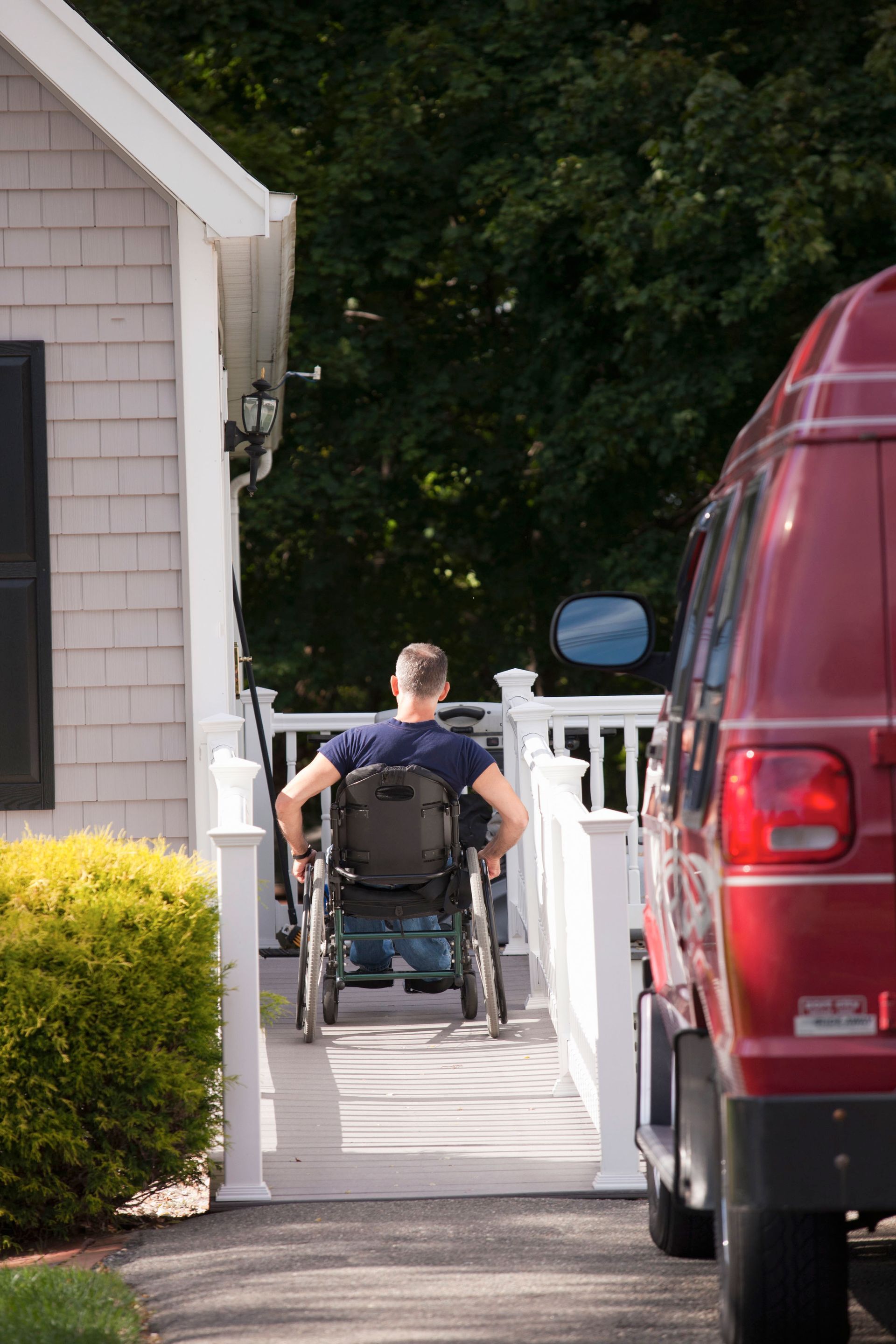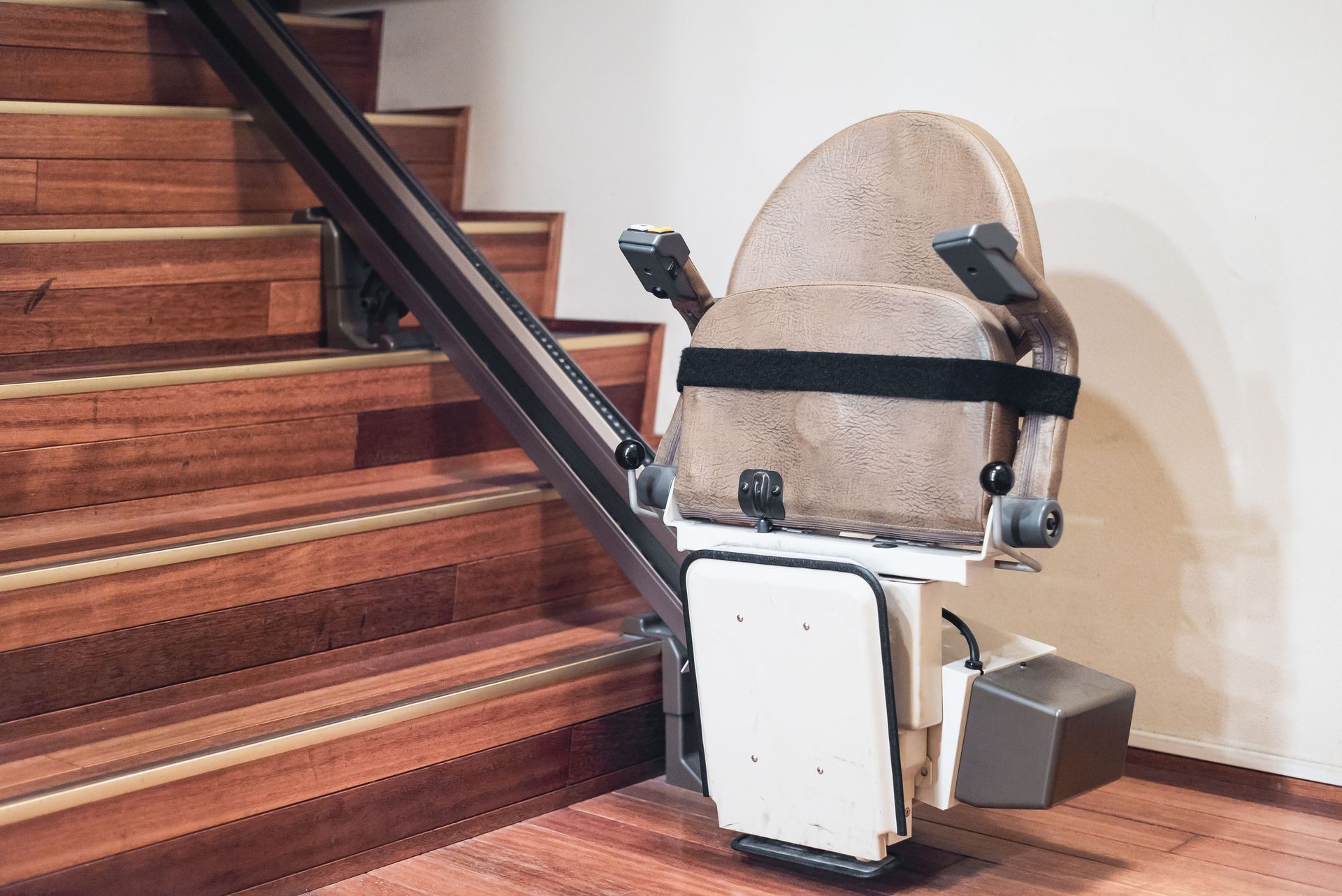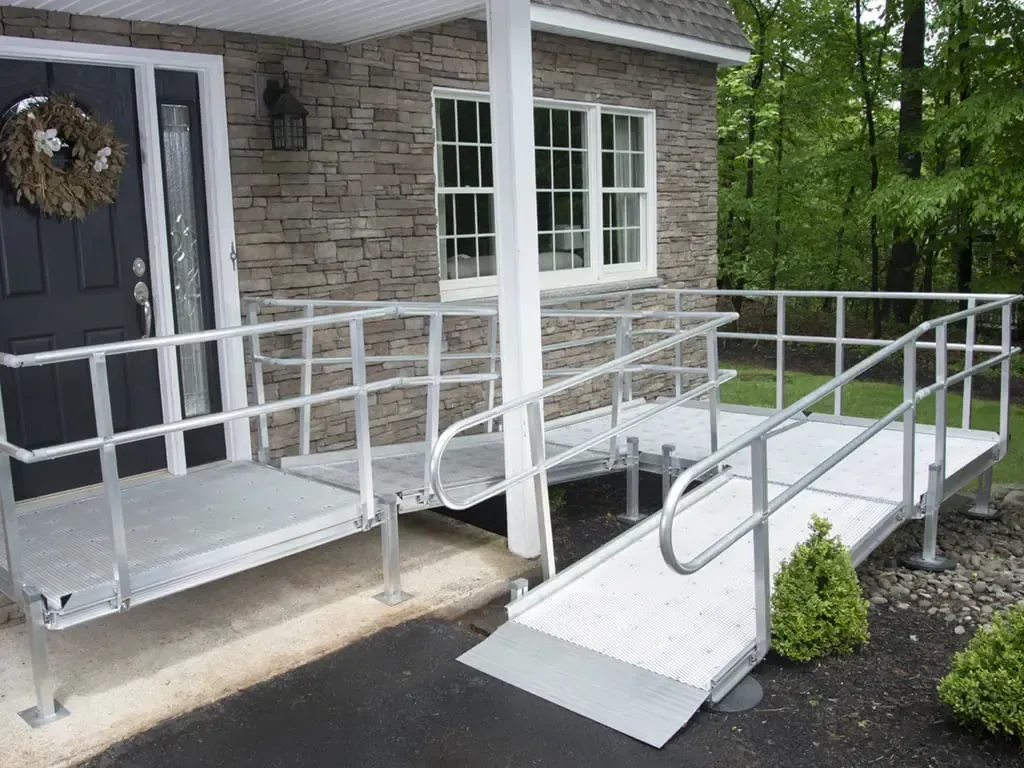October 22, 2025
Creating an accessible environment is essential for ensuring that people with mobility challenges can navigate their surroundings with ease. Wheelchair ramps are one of the most fundamental and effective modifications you can make to improve mobility at home or in public spaces. Whether temporary or permanent, these ramps play a pivotal role in creating independence and safety for individuals using wheelchairs or other mobility aids. According to the U.S. Department of Transportation, an estimated 5.5 million Americans use a wheelchair, and many encounter barriers when it comes to air travel. As the population ages and awareness around accessibility grows, more homes and facilities are considering wheelchair ramps not as luxuries but as necessities.
Benefits of Installing a Wheelchair Ramp
Wheelchair ramps offer numerous advantages beyond simply helping someone move from one level to another. They provide a safer and more dignified means of entry and exit for individuals who use mobility aids. This is particularly helpful during emergency situations when time and safety are of the essence. In addition, ramps promote a sense of autonomy, allowing users to enter or leave a home without needing assistance. These benefits extend to caregivers as well, reducing physical strain and the potential for injury.
Another often-overlooked benefit is the increased property value and appeal. Homes and commercial buildings with accessibility features like wheelchair ramps are more inclusive and appealing to a broader range of buyers or tenants. In many jurisdictions, there are also tax incentives or grants available for installing accessibility features, making the decision to install a ramp both practical and financially beneficial.
Types of Wheelchair Ramps
There are several types of wheelchair ramps available, each catering to different needs and structural requirements. Permanent ramps are built into the structure and are typically made from materials like wood or concrete. These are ideal for long-term solutions and can be customized to blend in with the property's aesthetics. Portable ramps, on the other hand, offer flexibility and are perfect for temporary needs or for transporting between locations. These are often made of aluminum or other lightweight materials.
Threshold ramps are designed for small elevations, like doorways or single steps, and are generally easy to install without professional assistance. Modular ramps offer a semi-permanent solution and are composed of pre-fabricated sections that can be assembled on-site. This option provides a balance between the durability of permanent ramps and the flexibility of portable ones. Understanding these types will help you select the most suitable option for your particular environment and usage needs.
Key Considerations Before Installation
Before installing any type of ramp, several factors should be carefully evaluated. First and foremost is the slope of the ramp. The Americans with Disabilities Act (ADA) recommends a 1:12 slope, meaning one foot of ramp for every inch of rise. Exceeding this can make the ramp difficult or dangerous to use. It's also crucial to evaluate the space available, both at the entry point and along the path the ramp will take.
Material selection is another major consideration. While wood is often used for its aesthetics, it requires maintenance and may become slippery when wet. Metal ramps are durable and low-maintenance, but they may heat up significantly in direct sunlight. Additionally, handrails, edge protection, and slip-resistant surfaces should be factored into the design. Considering these details ahead of time ensures that the ramp serves its purpose safely and effectively for years to come.
Compliance with Accessibility Standards
Ensuring your ramp meets all applicable local, state, and federal regulations is not just a legal obligation; it's a moral one. Accessibility standards such as those set forth by the ADA are designed to create a safe, navigable space for individuals with disabilities. Failing to comply could not only result in fines but could also render the ramp unsafe or ineffective. Contractors who specialize in accessibility installations are usually well-versed in these standards and can help ensure full compliance.
Beyond the ADA, local building codes may have specific requirements about ramp dimensions, materials, and even color. It's important to research these guidelines or consult a professional who can assist with permitting and code adherence. By following established standards, you're investing in the safety and long-term usefulness of the structure. Moreover, compliance assures users that their needs are respected and prioritized in the design.
Maintenance and Longevity
Like any structural component, wheelchair ramps require ongoing maintenance to ensure continued safety and functionality. Wood ramps should be checked regularly for signs of rot, warping, or splintering. Applying a sealant annually can extend their lifespan and maintain a non-slip surface. Metal ramps should be inspected for rust or corrosion and may benefit from anti-slip coatings or textured treads.
Cleaning the ramp periodically, especially in areas prone to snow, rain, or leaves, will help prevent slipping hazards. Handrails should be tested to ensure they remain securely attached and stable. If the ramp is portable or modular, check for loosening of bolts or shifting of sections. Proactively addressing small issues can help prevent larger, more costly repairs in the future. With proper maintenance, a high-quality ramp can remain functional and safe for many years.
Choosing the Right Provider
Selecting a reputable provider is just as important as choosing the right ramp. Look for companies with experience in accessibility solutions and ask for references or examples of previous installations. Certifications or affiliations with disability advocacy organizations can also indicate a commitment to quality and ethical practices. Reading online reviews and getting multiple quotes will give you a clearer picture of what to expect in terms of cost and service.
Customer service is another key factor. A knowledgeable provider will take the time to understand your unique needs and recommend the best wheelchair ramps for your specific situation. Some companies offer free consultations or home evaluations, which can be extremely valuable in identifying potential challenges before installation begins. A good provider will not only sell you a product but also offer guidance, installation services, and follow-up support.
Financial Assistance and Insurance Coverage
Installing wheelchair ramps can be a significant investment, but various financial resources may be available to help cover the cost. Medicaid and Medicare may contribute under certain conditions, particularly if the ramp is deemed medically necessary. Some private insurance plans also include benefits for home modifications related to accessibility. Veterans may be eligible for additional programs through the Department of Veterans Affairs.
Local and state programs often offer grants, low-interest loans, or tax credits to offset the cost of installing accessibility features. It's worth taking the time to research what's available in your area. Many reputable ramp providers can also assist in identifying and applying for financial aid. Leveraging these resources can significantly reduce the out-of-pocket expense and make the ramp more affordable without compromising quality or safety.
Installing wheelchair ramps is one of the most impactful ways to enhance accessibility, safety, and independence for individuals with mobility challenges. By understanding the different types, legal requirements, and maintenance needs, you can make an informed decision that meets your immediate and long-term goals. Whether for residential or commercial use, a properly installed ramp can transform lives by making daily activities more manageable and empowering.
According to Patriot Mobility Inc, choosing the right ramp begins with understanding your unique needs and finding a provider committed to quality and compliance. Their experienced team offers tailored solutions designed to meet the highest safety standards. Don't let mobility limitations restrict your freedom; take the first step toward greater independence today with a custom accessibility plan. Contact Patriot Mobility Inc to explore your wheelchair ramp options and start building a safer, more accessible space.










